Products of Place
An infinite collection
SPACE10, 2023
Today, products no longer merely represent the places in which they are manufactured and utilized; instead, they embody the outcomes of global industrial production and distribution. However, what if they could? In partnership with SPACE10, we employed artificial intelligence to investigate a novel design process. Under this approach, products would, akin to nature, originate from their local environment and the abundance of materials—everywhere.
Products of Place constitutes an infinite collection of plate concepts, fashioned from the most abundant materials available in each location and co-designed with artificial intelligence.

From containers in Hamburg to e-waste in Bangui, and from fast fashion cuts in Oaxaca to tennis balls in Brisbane, we rethought and redesigned something as simple and mundane as a plate. Our goal was to make it more local and sustainable, resulting in designs that are both wonderful and bizarre.
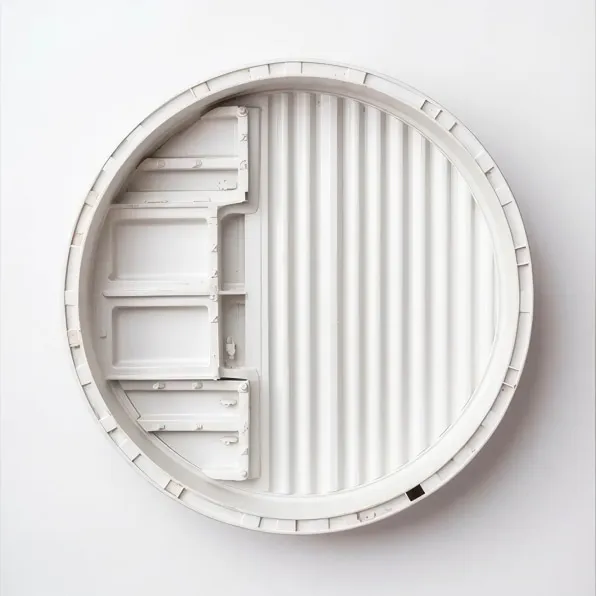
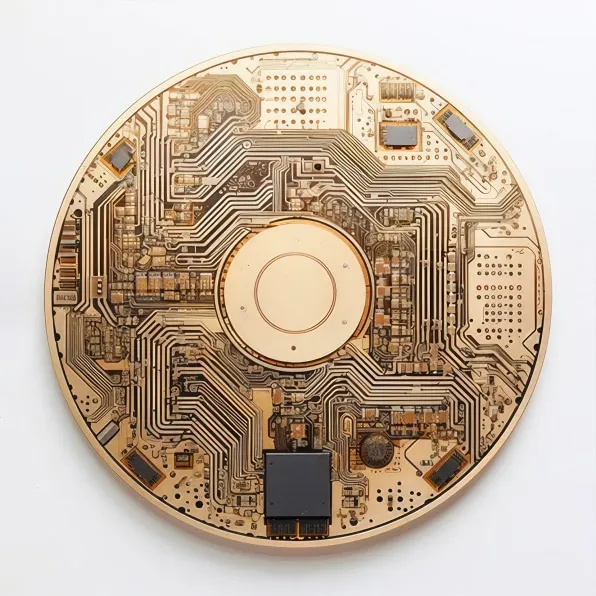
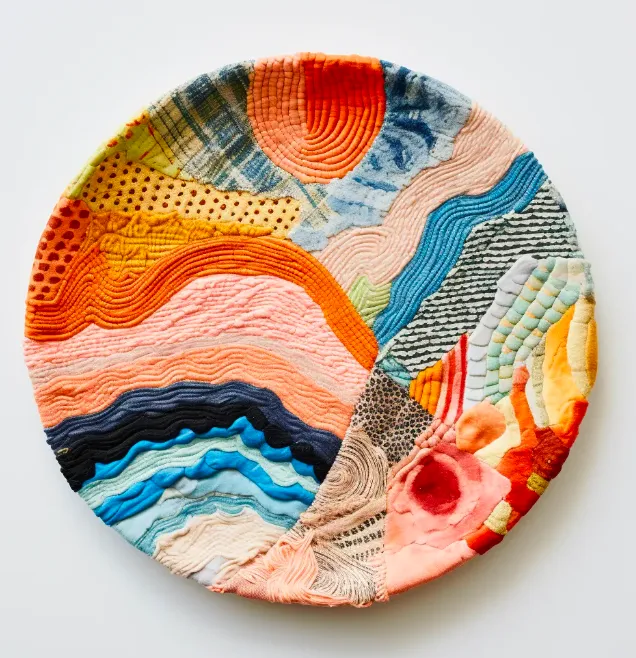
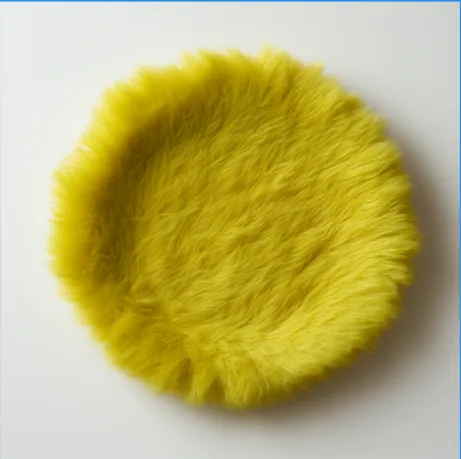
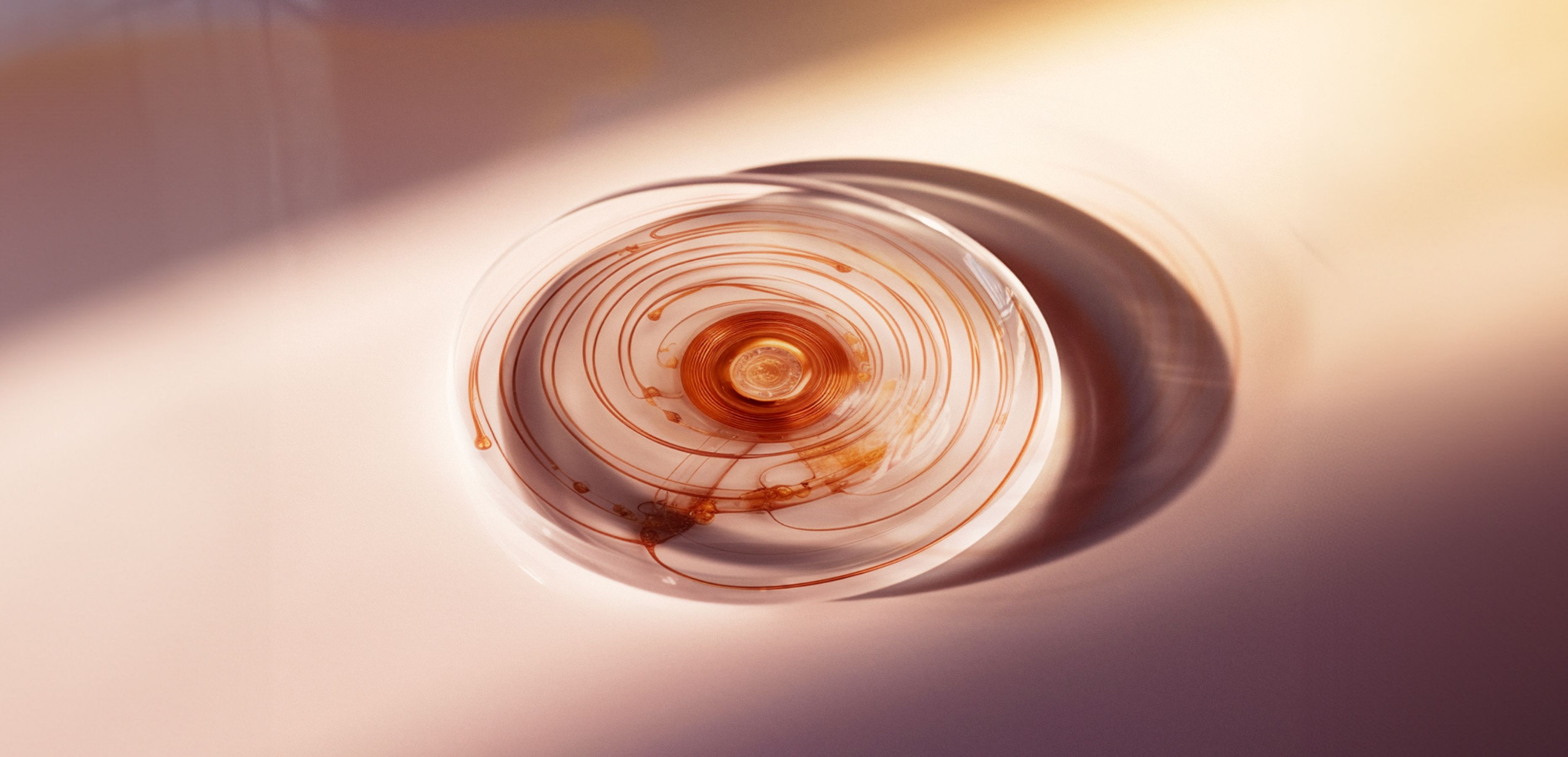
“ The project is not merely an excuse to set AI to the task of designing plates. It also serves as a critique of the commoditized aspect of product design and urges designers to adopt a more creative approach in their consideration of materials. ”
Fast Company
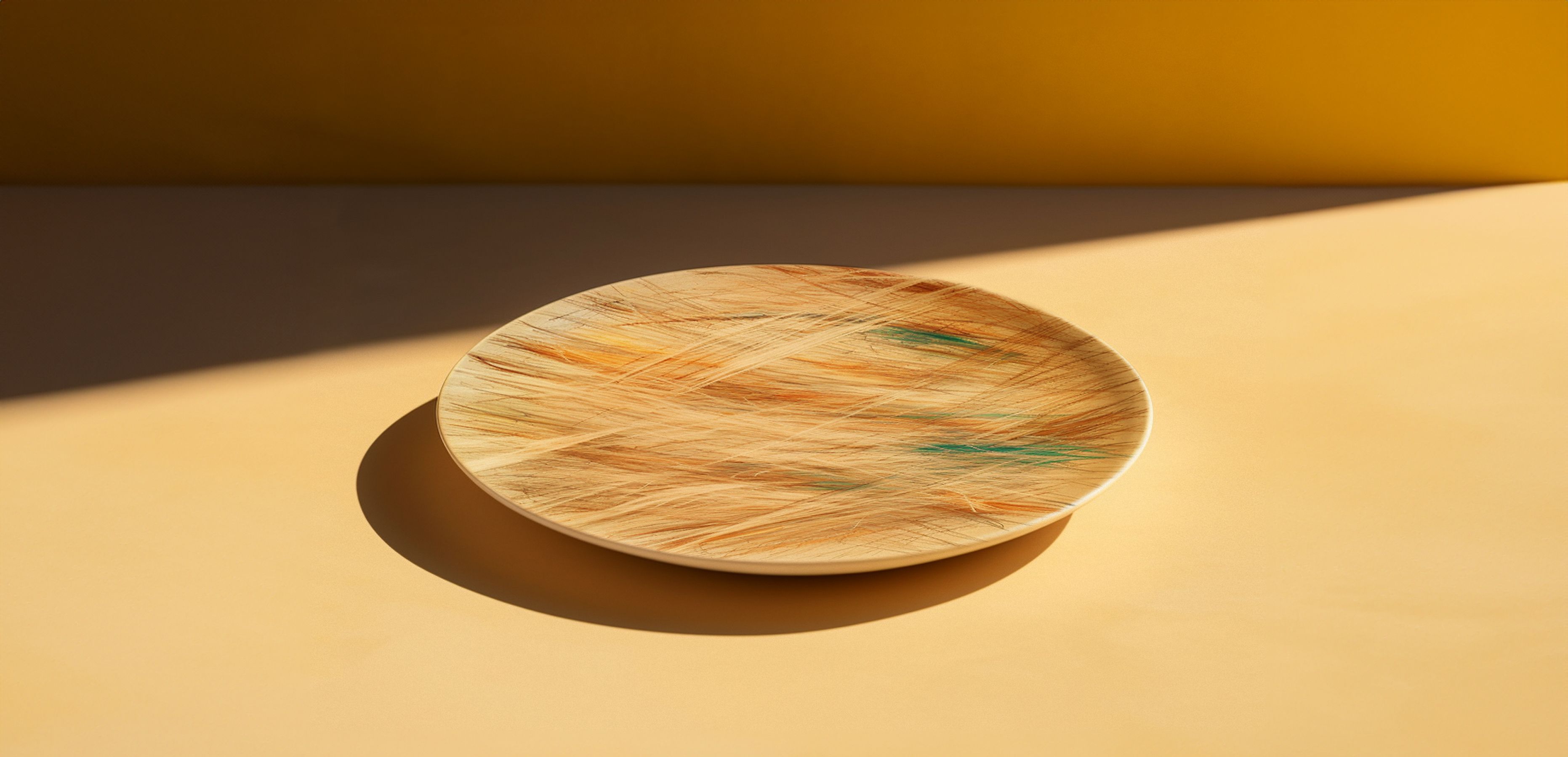
In an age of post-human intelligences, we sought to explore how AI could reintroduce intentionality, criticality, and integrity into design — qualities urgently required in times of crisis. Furthermore, we are intrigued by how these evolving intelligences could fundamentally transform the way we engage in collaborative design in the future.
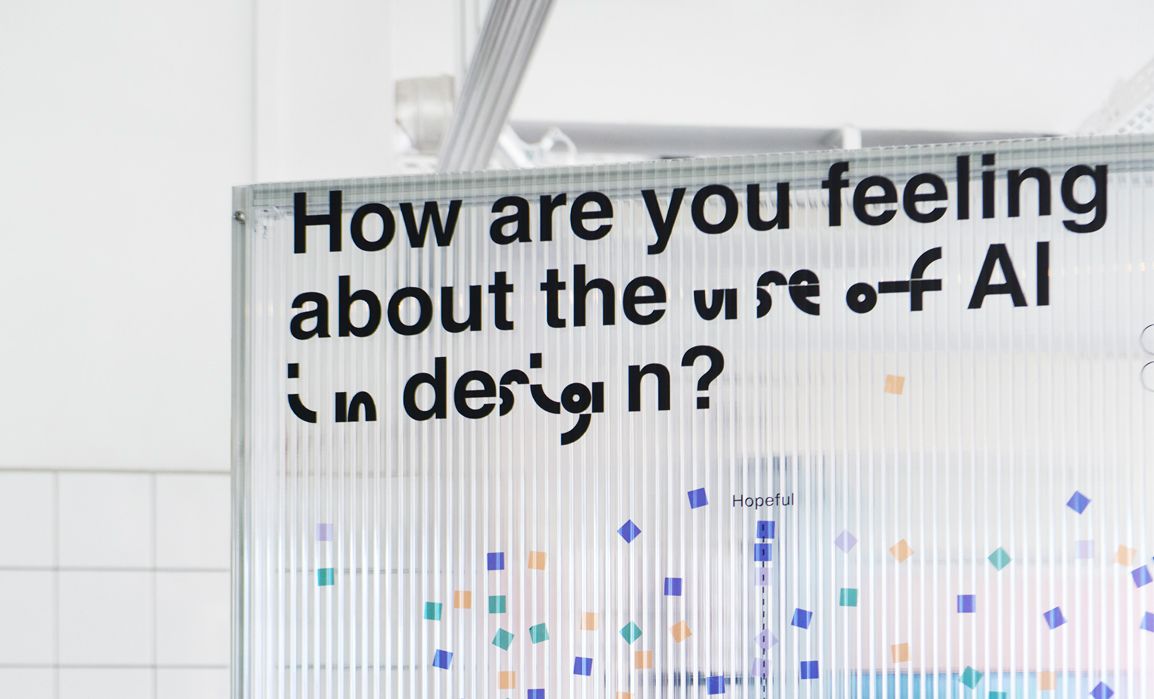
THE PROCESS
design
by
emer
gence
Products of nature—bacteria, flowers, or animals—arise from a complex interplay of available resources and contextual fit. Accomplishing this with traditional design tools would be exceedingly difficult, so we had to develop our unique design process from the ground up, essentially crafting a bespoke AI toolkit.
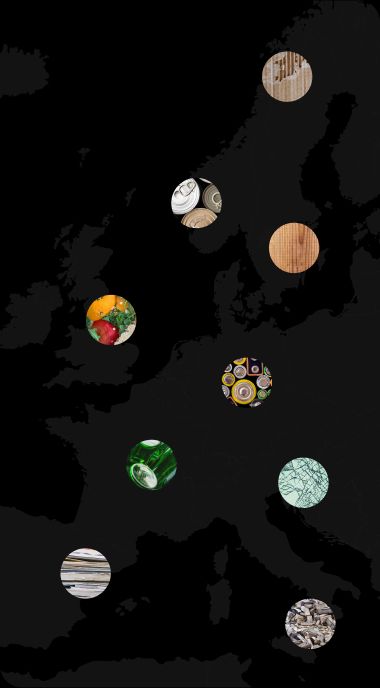
We began by inquiring with a large language model about the most abundant resources in particular locations and how they could be transformed into plates, with the goal of granting waste a second life.
The text was entered into Midjourney , resulting in AI-generated images that were based on the data for each location. We chose to keep a consistent plate shape, enabling us to focus the experiment on materials and make adjustments from that point.
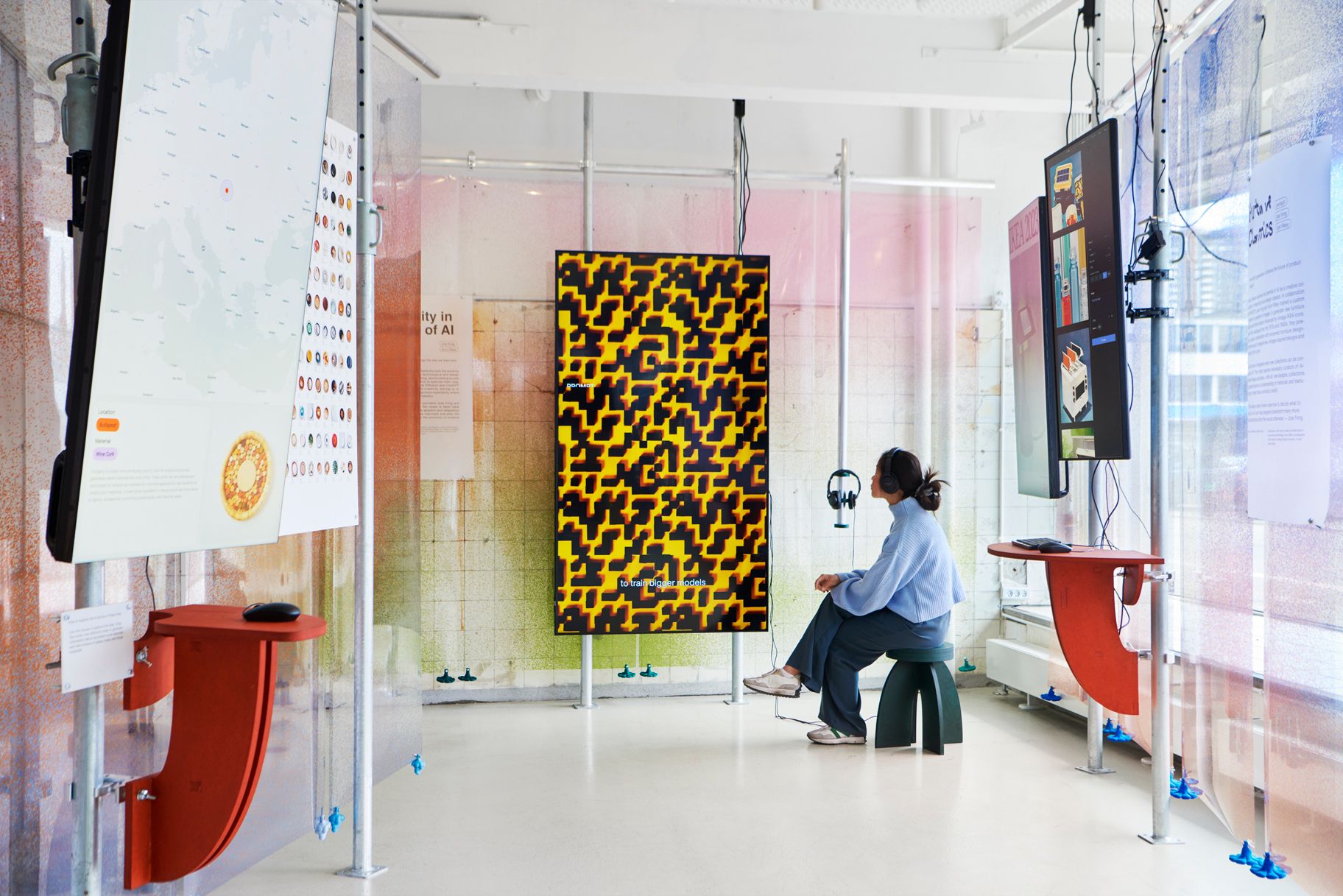

Products of Place ultimately capture an experimental process that challenges conventional boundaries of collaboration. They are a playful investigation into the potential for new design paradigms, redefining both what we create and how we introduce it into the world.
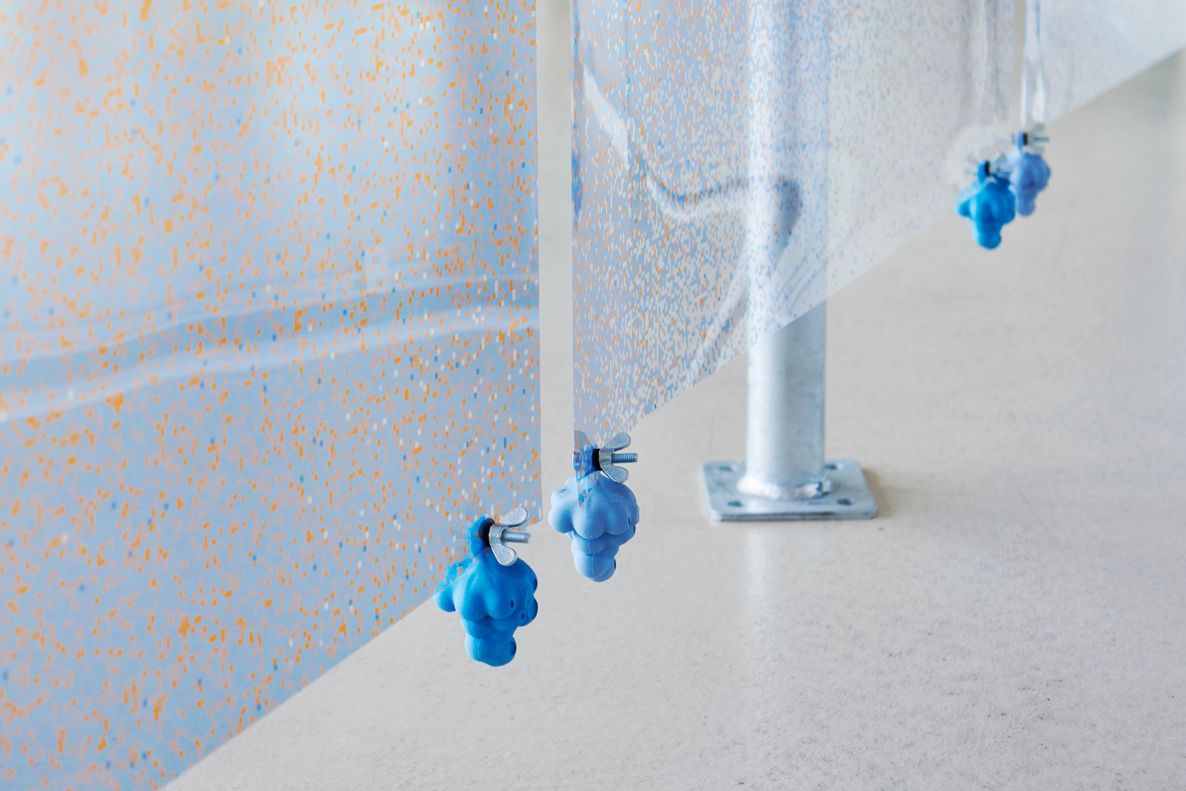

Products of Place" were exhibited as part of an exhibition titled "Design in the Age of AI" at the SPACE10 Gallery, alongside "Regenerative Futures, Future Classics, and Couch in an Envelope .

